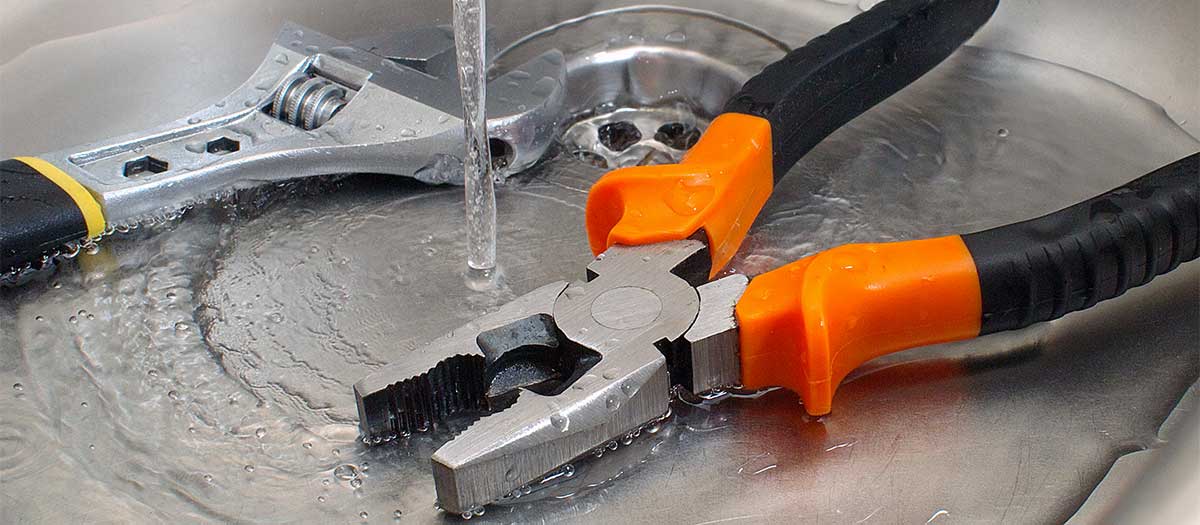Overview To Water Leak Detection In The House
Overview To Water Leak Detection In The House
Blog Article
The publisher is making a number of good observations regarding Leaking water lines in general in this great article down the page.

Early detection of leaking water lines can alleviate a potential catastrophe. Some small water leaks may not be noticeable.
1. Analyze the Water Meter
Every residence has a water meter. Examining it is a surefire way that helps you discover leakages. For starters, shut off all the water sources. Guarantee no person will purge, use the tap, shower, run the washing maker or dish washer. From there, go to the meter as well as watch if it will alter. Since no person is using it, there need to be no activities. That indicates a fast-moving leak if it relocates. If you spot no modifications, wait an hour or two and check back again. This means you might have a sluggish leakage that could also be below ground.
2. Check Water Consumption
Evaluate your water bills and also track your water usage. As the one paying it, you ought to discover if there are any inconsistencies. If you identify sudden changes, despite your intake coinciding, it suggests that you have leakages in your plumbing system. Bear in mind, your water costs need to drop under the very same array on a monthly basis. A sudden spike in your costs suggests a fast-moving leak.
At the same time, a consistent increase on a monthly basis, even with the exact same practices, reveals you have a slow leakage that's also gradually intensifying. Call a plumber to completely inspect your residential property, specifically if you feel a cozy area on your floor with piping beneath.
3. Do a Food Coloring Test
When it comes to water consumption, 30% comes from toilets. Test to see if they are running effectively. Decrease specks of food color in the storage tank as well as wait 10 minutes. If the shade in some way infiltrates your bowl during that time without flushing, there's a leakage in between the storage tank and also dish.
4. Asses Outside Lines
Do not forget to examine your outdoor water lines as well. Test spigots by attaching a garden hose. Should water seep out of the connection, you have a loose rubber gasket. Change this and also ensure all connections are tight. If you have actually got a lawn sprinkler, it will assist get it properly examined and also kept every year. One little leakage can squander tons of water and increase your water costs.
5. Inspect and also Assess the Circumstance
Home owners need to make it a practice to examine under the sink counters and also inside cabinets for any bad odor or mold growth. These two red flags indicate a leakage so punctual interest is called for. Doing routine evaluations, also bi-annually, can save you from a major problem.
Check for discolorations and compromising as most home appliances as well as pipelines have a life expectancy. If you suspect dripping water lines in your plumbing system, do not wait for it to escalate.
Early discovery of leaking water lines can mitigate a potential calamity. Some little water leaks may not be visible. Examining it is a surefire means that helps you uncover leaks. One small leakage can squander heaps of water and also surge your water bill.
If you suspect dripping water lines in your plumbing system, don't wait for it to rise.
WARNING SIGNS OF WATER LEAKAGE BEHIND THE WALL
PERSISTENT MUSTY ODORS
As water slowly drips from a leaky pipe inside the wall, flooring and sheetrock stay damp and develop an odor similar to wet cardboard. It generates a musty smell that can help you find hidden leaks.
MOLD IN UNUSUAL AREAS
Mold usually grows in wet areas like kitchens, baths and laundry rooms. If you spot the stuff on walls or baseboards in other rooms of the house, it’s a good indicator of undetected water leaks.
STAINS THAT GROW
When mold thrives around a leaky pipe, it sometimes takes hold on the inside surface of the affected wall. A growing stain on otherwise clean sheetrock is often your sign of a hidden plumbing problem.
PEELING OR BUBBLING WALLPAPER / PAINT
This clue is easy to miss in rooms that don’t get much use. When you see wallpaper separating along seams or paint bubbling or flaking off the wall, blame sheetrock that stays wet because of an undetected leak.
BUCKLED CEILINGS AND STAINED FLOORS
If ceilings or floors in bathrooms, kitchens or laundry areas develop structural problems, don’t rule out constant damp inside the walls. Wet sheetrock can affect adjacent framing, flooring and ceilings.
https://www.servicemasterbyzaba.com/blog/how-to-detect-water-leakage-in-walls/

Do you enjoy more info about Top leak detection hacks? Leave a comment further down. We'd be delighted to hear your opinions about this content. In hopes to see you back again in the future. Do you know anybody else who is sincerely interested in the niche? Be sure promote it. I take joy in reading our article about Top leak detection hacks.
Report this page